Harald Hardrada
Authors: John Marsden


HARDRADA
I
N MEMORY OF
K
NAP
HARDRADA
T
HE
W
ARRIOR'S
W
AY
JOHN MARSDEN

First published in 2007
The History Press
The Mill, Brimscombe Port
Stroud, Gloucestershire,
GL
5 2
QG
This ebook edition first published in 2012
All rights reserved
© John Marsden, 2007, 2012
The right of John Marsden, to be identified as the Author of this work has been asserted in accordance with the Copyrights, Designs and Patents Act 1988.
This ebook is copyright material and must not be copied, reproduced, transferred, distributed, leased, licensed or publicly performed or used in any way except as specifically permitted in writing by the publishers, as allowed under the terms and conditions under which it was purchased or as strictly permitted by applicable copyright law. Any unauthorised distribution or use of this text may be a direct infringement of the author's and publisher's rights, and those responsible may be liable in law accordingly.
EPUB ISBN
978 0 7524 7444 1
MOBI ISBN
978 0 7524 7443 4
Original typesetting by The History Press
Author's Note and Acknowledgements
An introduction to a military biography
An afterword from west-over-sea
A
book written in English for a non-academic readership and yet drawing on source material originally set down in Old Norse, Byzantine Greek, Russian, Anglo-Saxon and Latin does require a note as to its policy in the naming of names. As there appears to be no standard form of English spelling of early Scandinavian names, I have used whichever form seems the most appropriate in the historical context and the least intimidating for an English reader. Similarly, the title of âearl' is spelled in that English form where it occurs in England, but in its original Old Norse form as
jarl
in a Scandinavian context. Sometimes names and terms are also given in their original spelling â set in italics and usually in parentheses â so it might be helpful to explain that the Norse character ð is pronounced âth' (as in ra
ther
). I should also mention my specific use of the term
viking
in its original sense of âsea-raider' as distinct from the modern usage of âViking' as a generic term for anyone (or anything) associated with early medieval Scandinavia.
Notes have been kept to a minimum and most often used to acknowledge references to or quotations from the work of others, but there are two such authors to whom I owe a more prominent acknowledgement because Sigfús Blöndal's
The Varangians of Byzantium
in the English edition revised and translated by Benedikt S. Benedikz was the work which played a greater part than any other in developing my interest in the man who forms the subject of this book. A more personal acknowledgement is due to my friend John Hamburg of Carrollton, Kentucky, whose unfailing enthusiasm for the same subject played its own part in encouraging this attempt at a biography of Harald Hardrada.
J.M.
1Â Â Â Â Harald Hardrada's World
Â
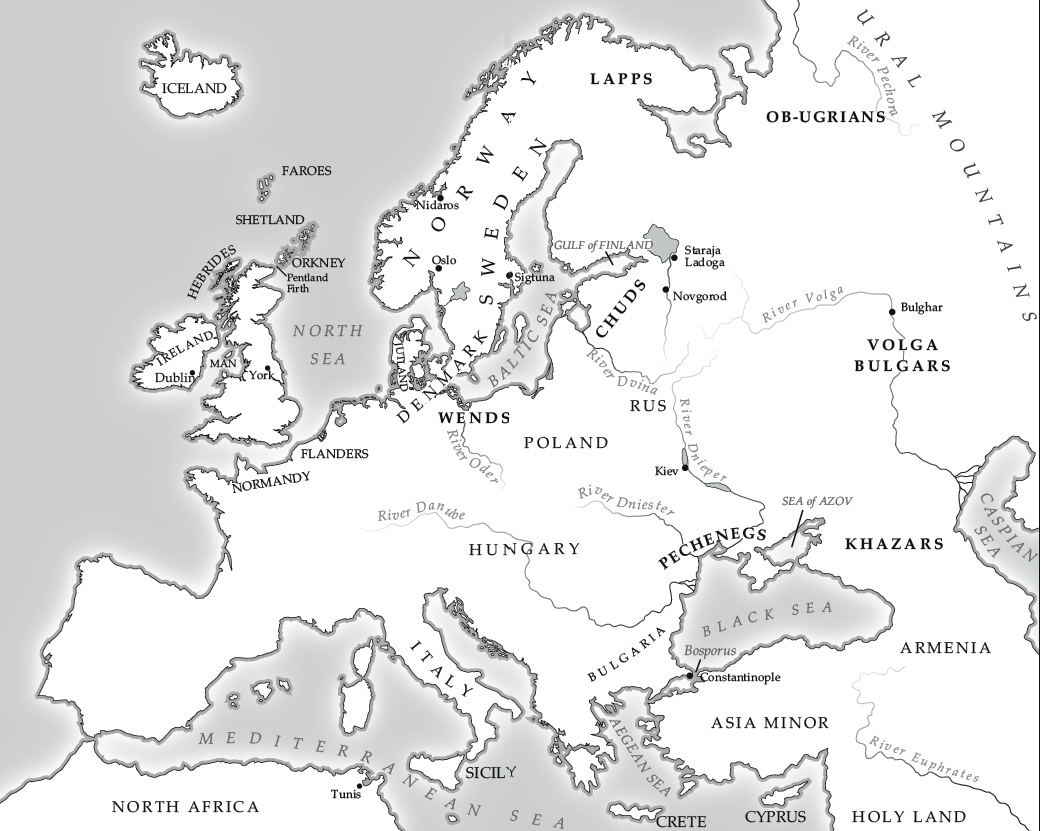
MAP 1
Â

MAP 2
Â
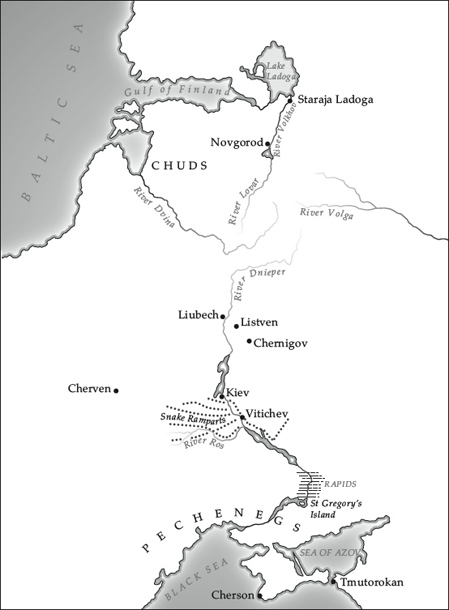
MAP 3
Â
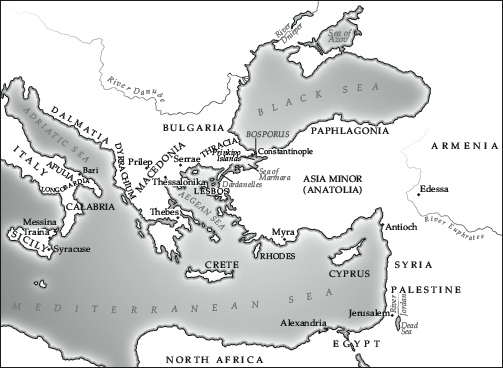
MAP 4
Â

MAP 5
Â
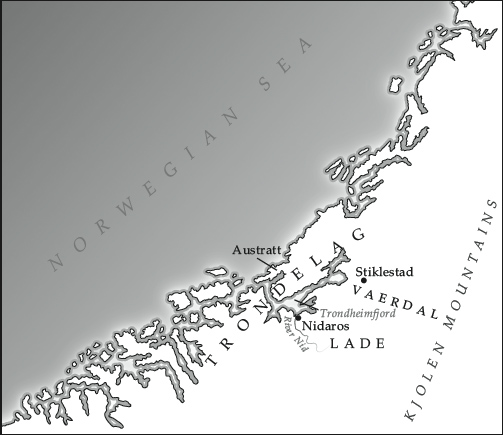
MAP 6
Â
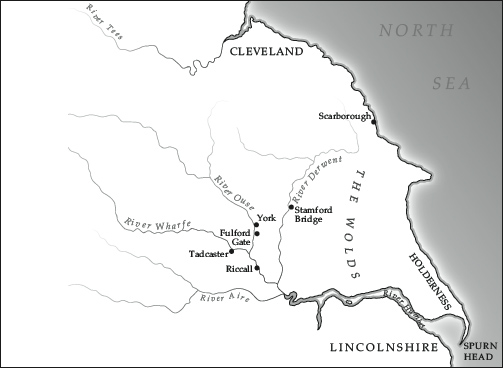
MAP 7
AN INTRODUCTION TO A MILITARY BIOGRAPHY
W
hen he is remembered only as a Norwegian king slain in battle at Stamford Bridge in Yorkshire, where his invading army was crushed just three days before the arrival of the conquering Normans, the place of Harald Hardrada in the mainstream of English history amounts to little more than that of the âthird man' of the undeniably memorable year 1066. He spent no more than eighteen days on English soil, after all, and the subsequent events of that fateful autumn have left him overshadowed, first by the English Harold and ultimately by William the Norman, thus obscuring his reputation â acknowledged by historians ancient and modern â as the most feared warrior of his world and time.
If Stamford Bridge is set into a wider context than that of Anglo-Saxon England, however, it comes into a very different focus as the last of innumerable conflicts fought out along a warrior's way that had ranged across most of Scandinavia and eastward by way of Russia to the far-flung empire of Byzantium through the three and a half decades since a sturdy youngster stood with his half-brother, the king and future saint Olaf, in the blood-fray at Stiklestad in the west of Norway. The most comprehensive accounts of that great arc of warfaring are found in the thirteenth-century collections of sagas of the Norwegian kings, of which the most respected is the one known as
Heimskringla
and reliably attributed to the Icelander Snorri Sturluson. His version of Harald's saga is described by the editors of its standard modern English translation as âa biography which in Snorri's hands becomes the story of a warrior's progress. Essentially it is the life and career of a professional soldier, starting with a battle â the battle of Stiklestad where Harald, aged fifteen, is wounded and his brother the king killed â and ending in battle, thirty-six years later, at Stamford Bridge.'
1
